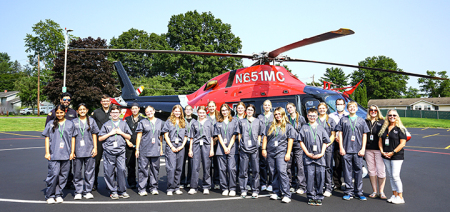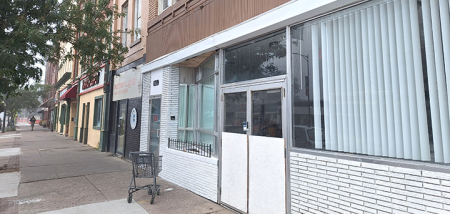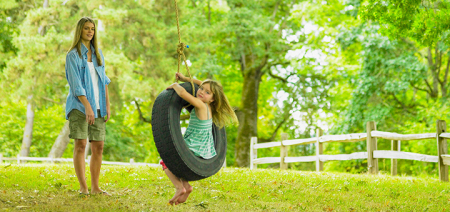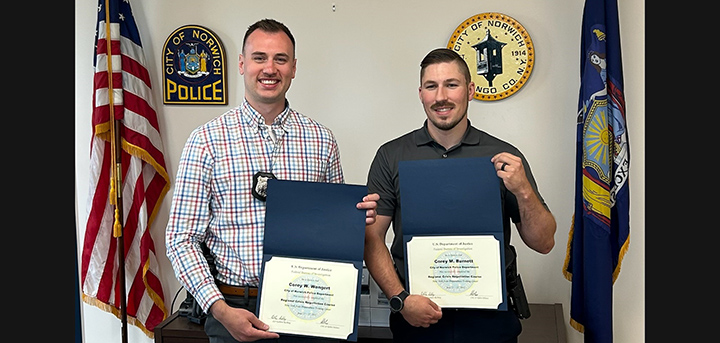History Of The Automobile, Part 4
Published:
November 16th, 2006
By:
Audrey Robinson
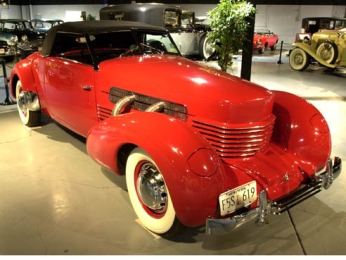
By Audrey Robinson
NECCM Education Committee
The week of Nov. 12-18 is National Education Week. The Northeast Classic Car Museum is a great medium to cultivate a student’s interest in history, literature, science, math and technology. The fourth part of this five-part series will show how automobiles evolved from the 1700s through the 1900s.
As early as 1600, the Dutch, no strangers to wind power, had built a wind-powered, sail mounted carriage. These carriages were reported to hold several passengers and move at speeds as high as twenty miles per hour. While the Dutch dreamed in terms of the wind, others were thinking of other means of propulsion. In the 1700s, a vehicle was built that was powered by an engine based on the workings of a clock. What the inventors neglected to calculate, however, was that any clock that was capable of moving a vehicle with passengers would have to outweigh the load it was carrying.
Author: Audrey Robinson - More From This Author
Comments
